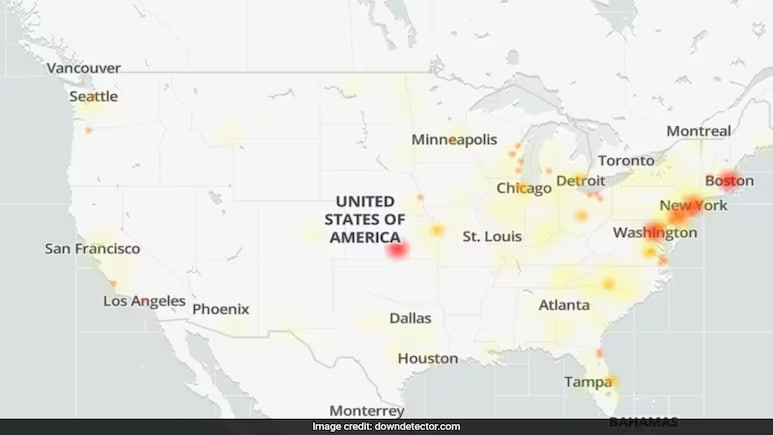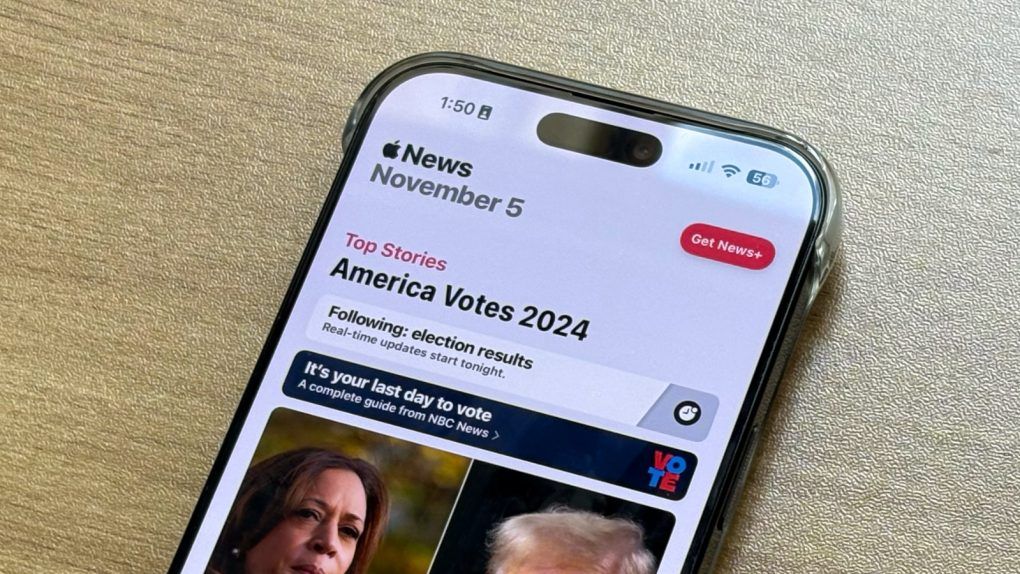In the ever-evolving landscape of mobile applications, developers are constantly exploring effective strategies to monetize their creations. With a plethora of options available, choosing the right monetization platform is crucial for the success of your application. In this blog post, we’ll delve into the various monetization models and help you navigate through the pros and cons to find the best fit for your app.
In-App Advertising
One of the most common methods of generating revenue from mobile apps is through in-app advertising. This model involves displaying ads to users while they interact with your application. Google AdMob and Facebook Audience Network are two prominent players in this space.
Pros:
- Easy to implement.
- Can be lucrative with a large user base.
Cons:
- User experience may be compromised.
- Revenue can be unpredictable.
n-App Purchases
This monetization model involves selling virtual goods or features within the app. Freemium apps often use in-app purchases as a way to offer a free version while enticing users to buy premium content. Apple’s App Store and Google Play facilitate in-app purchases.
Pros:
- High revenue potential.
- Users have the option to try before buying.
Cons:
- May limit the user base initially.
- Requires continuous development of new content.
Subscription Models
Subscriptions involve users paying a recurring fee to access premium content or features. This model is prevalent in streaming services like Netflix and Spotify. Platforms like Apple and Google support subscription-based apps.
Pros:
- Predictable and consistent revenue.
- Encourages long-term user engagement.
Cons:
- Initial user acquisition may be challenging.
- Users may be resistant to ongoing payments.
Affiliate Marketing
Affiliate marketing involves promoting third-party products or services within your app and earning a commission for every sale made through your referral. Amazon’s Affiliate Program is a popular choice for this model.
Pros:
- Additional revenue stream without directly selling to users.
- Can be integrated seamlessly into content.
Cons:
- Requires a significant user base to be profitable.
- User trust may be at risk if not done transparently.
Freemium Model
The freemium model combines free basic features with the option to purchase premium features or remove ads. This allows users to enjoy the app for free while providing opportunities for additional revenue.
Pros:
- Wider user base due to free access.
- Potential for high conversion rates to premium versions.
Cons:
- Balancing free and premium features can be challenging.
- User retention may be affected by the availability of free alternatives.
Ultimately, the choice of the best monetization platform for your application depends on factors such as your target audience, app niche, and business goals. It’s not uncommon for successful apps to combine multiple monetization strategies. Regularly evaluating and adjusting your approach based on user feedback and market trends is essential for sustained success in the competitive app industry. By understanding the strengths and weaknesses of each model, you can make informed decisions that align with your app’s unique characteristics and maximize revenue potential.






